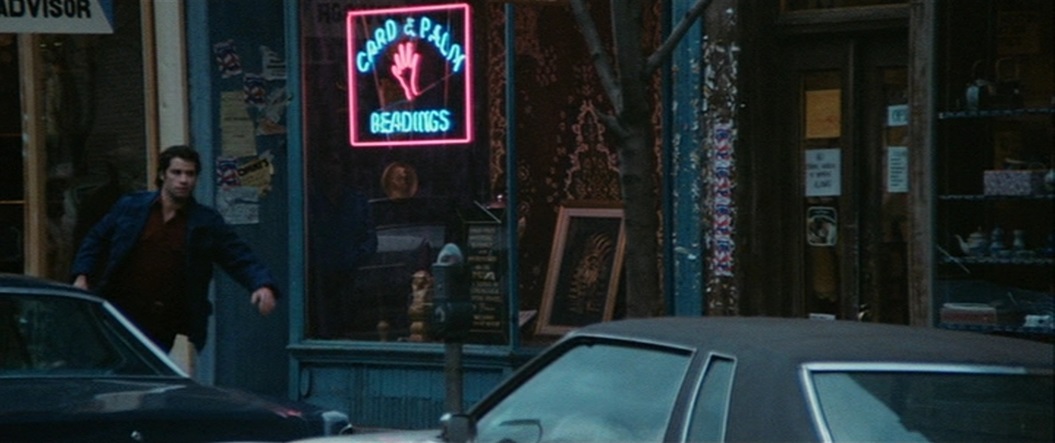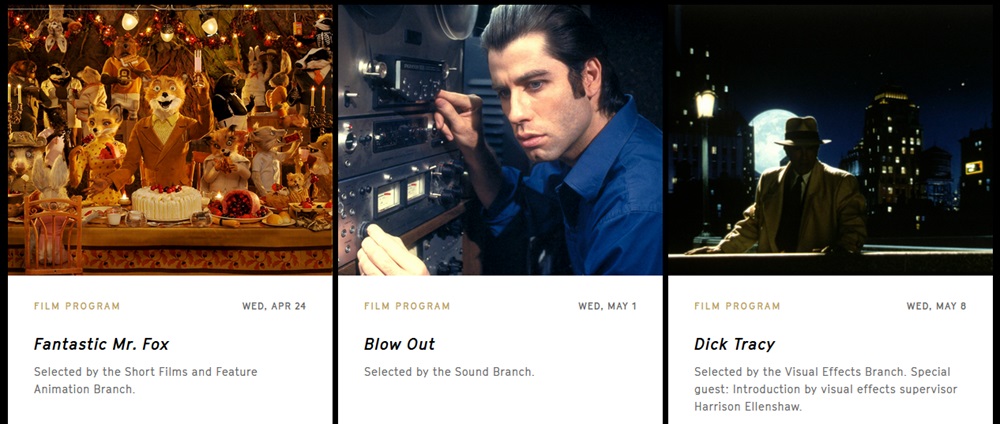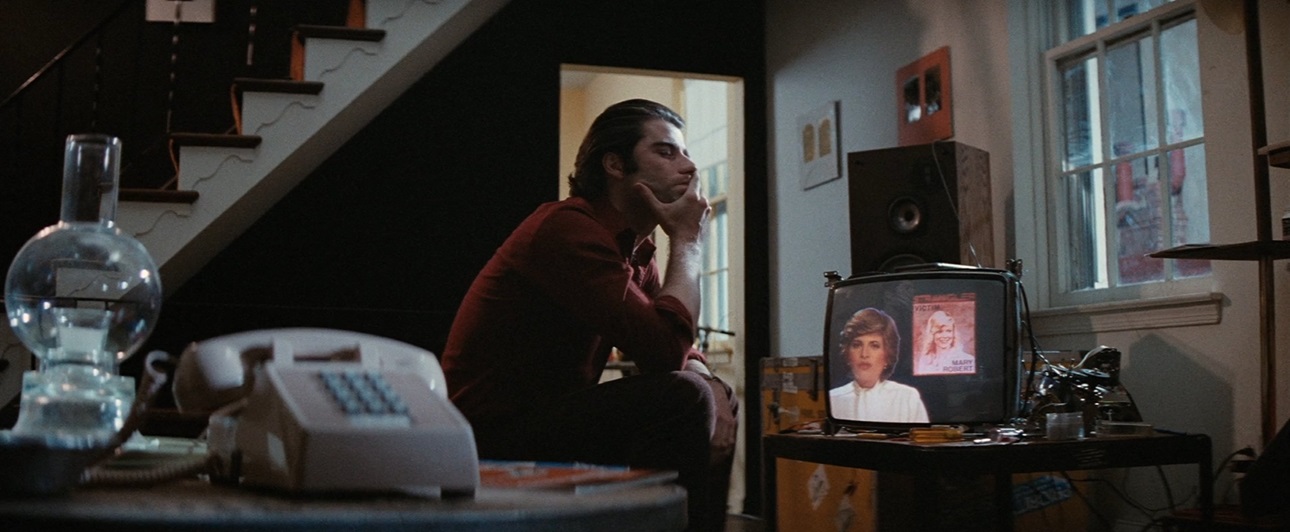WASHINGTON CITYPAPER'S NOAH GITTELL ON BRIAN DE PALMA'S BLOW OUT

At Washington CityPaper, Noah Gittell's "Retro Review," headlined, "Brian De Palma’s Blow Out Watches You Watch," carries the subheadline, "The 1981 film, screening at Alamo on July 3, dresses up as a political thriller but it’s actually questioning America’s voyeuristic tendencies." Here's the concluding portion:
If there’s an animating force behind Blow Out, it’s De Palma’s love of filmmaking. His fondness for split diopter shots—when two objects at disparate distances are seen in focus at once—serves him well here, making the viewer’s eyes dart back and forth to grasp the juxtaposition, replicating the inner workings of Jack’s mind. De Palma’s use of pink and red lighting lends the proceedings a lurid overtone, while the pounding score by Pino Donaggio accentuates the filmmaker’s maximalist style.More importantly, De Palma is mostly here to watch Jack piece together the mystery by using the building blocks of filmmaking. The newspaper obtains video of the accident, and Jack cuts out the photos, putting together a crude flipbook. It’s almost as if he is creating cinema all over again. De Palma lingers on these scenes, his camera seduced by Travolta’s dexterous fingers and his famously determined chin. This sequence—and the film as a whole—is a loose remake of Michelangelo Antonioni’s 1966 classic Blow-Up about a fashion photographer who scrutinizes his own photographs to solve the mystery of a missing woman. But De Palma is more upfront about his voyeuristic tendencies. We can feel his yearning in the painstaking detail with which he shoots these scenes, but his passion extends beyond mere affection. The scenes of Travolta mastering the editing equipment, splicing together sound and film, are as sensual as any of the director’s famous sex scenes.
Blow Out is a strange, perverse film, and unsurprisingly, it wasn’t a hit when it was released in 1981. Made for $18 million (a lot at the time), Blow Out flopped upon its initial release and was only reclaimed by the next generation of cinephiles. Quentin Tarantino praises it to the heavens, and it’s easy to see how De Palma’s brash, lurid style was a clear influence on the young director, who, somewhat less elegantly, also challenges viewers with their voyeurism and implicates them in his on-screen violence. In that way, Blow Out does have something to say about the country that produced it, a place where we consistently pretend to care about the victims but we really can’t tear our eyes away from the screen.
Happy Fourth of July, everyone.





















































